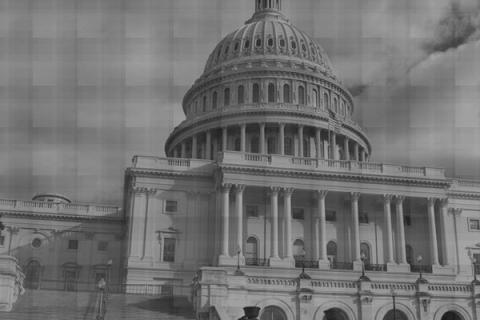The Federal Reserve Bank of Dallas posted its monthly Texas Manufacturing Activity Outlook Survey on Monday. The production index, a key measure of state manufacturing conditions, soared from 5.5 in May to 15.5 in June. The significant rise in productivity is the strongest reading in fifteen months.
After three consecutive readings of close to zero, the new orders index jumped to 7.9 in June. The capacity utilization index rose from 5 to 13.3, its highest increase since early 2011. The raw materials price index plummeted to its lowest levels in three years while selling prices continued to fall for the fourth consecutive month.
Texas manufactures more than nine percent of goods made in the United States, second only to California.
The Fed’s outlook survey also indicates a broader economic improvement in Texas. Twenty-one percent of manufacturing firms reported hiring new people compared to eight percent that reported layoffs. The overall employment index increased from 8.5 to 13.7.
Despite the impressive numbers in June, the report also showed a slip in expectations regarding future business conditions. The future general business activity index fell marginally from 4.3 to 1.3. The index of company outlook also decreased three points from the previous month.
Texas faired better than most states during the worst of the recession, and some politicians in the state have hailed it as the “Texas Miracle.” Historically, Texas has always had an ideal climate for economic growth. Location, diversity in natural resources, and low cost of living are all motivators for businesses to set up shop in the state, not to mention a business-friendly tax code.
However, the lack of confidence in future activity is a clear indicator that Texas manufacturers are just as uncertain about real economic improvement as the rest of the country.
Compared to other states, Texas is in pretty good shape in terms of economic outlook, but that doesn’t mean there are not Texans concerned about the future. There were plenty of people out of work in the state that don’t see their present circumstance as a miracle.
The latest manufacturing numbers are encouraging, especially the employment numbers. The natural result of an increase in factory productivity is the need for more workers, which creates a stronger labor market. Getting people back to work is a major concern for many Americans as voters look to the future with timid uncertainty.

